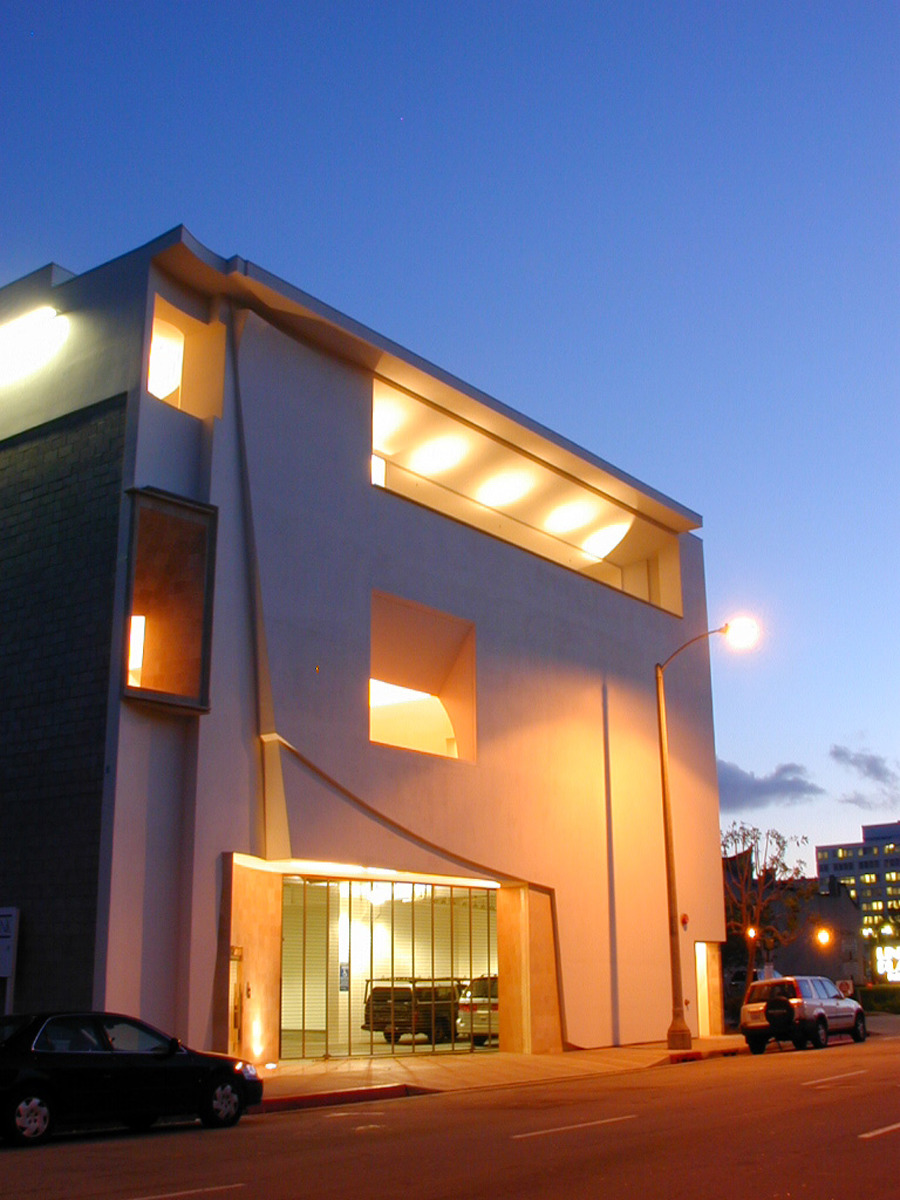Mar 5 2017 - Aug 6 2017
Pasadena Museum of California Art
Pasadena, CA
Gustave Baumann (1881–1971) was a pioneer in the development of the color woodcut in the United States. Although he is best known for his bucolic scenes of the Midwest and his majestic imagery of the American Southwest, he made twelve powerful color woodcuts depicting the natural beauty of the Golden State. Inspired by seven automobile trips to California between 1925 and 1938 and his long drives up the scenic coast from San Diego to San Francisco, the works portray California’s coastline; its redwood, sequoia, and Torrey pine forests; and its Spanish-influenced architecture.
The exhibition brings the California works together with a selection of Baumann’s formative color woodcuts of rural Brown County, Indiana—five from his Hills o’ Brown series and three of his largest color woodcuts. Baumann exhibited these Indiana woodcuts at the 1915 Panama Pacific International Exposition (PPIE) in San Francisco where he won a gold medal for printmaking. Gustave Baumann in California includes works by the two California printmakers most directly affected by the PPIE print exhibition, Frances Gearhart and William S. Rice.
To illustrate Baumann’s printmaking process, the exhibition incorporates didactic materials, including a tempera study, a set of wood blocks, and a series of progressive proofs for his color woodcut, Singing Woods. There are also tempera studies of San Francisco before the bridges and of the then-quaint village of Laguna Beach.
Credit: Exhibition overview from museum website
Whether you go or not, The Autobiography of Gustave Baumann, may be of interest. Baumann began his career as a commercial artist in Chicago. A craftsman by nature, in 1905 he turned his hand to traditional woodcut printmaking. Five years later he joined other artists in the hill country of Brown County, Indiana, where he pursued his goal of creating good pictures at low cost. Over the years, Baumann carved a path into the art world on his own terms. He sought out picturesque surroundings, affordable living, and a peaceful atmosphere conducive to creating his art. He left Indiana in 1917 but never lost touch with his modest beginnings or his desire for a simple life. His journey took him to the Northeast, then to Taos, New Mexico, and finally to the small, untroubled world of Santa Fe. He married, raised a family, and became an active member of the community, all while mastering the painstaking art of the color woodblock print.
Written when he was nearing seventy, The Autobiography of Gustave Baumann illuminates the personality of the artist through anecdotes of town and family life, observations of society, and musings about the role of artists and their art. Baumann s personal stories highlight his charming humor, his philosophies on art, and his unwavering commitment to the Santa Fe community. Edited by Martin Krause, Curator of Prints, Drawings, and Photographs at the Indianapolis Museum of Art, the book is thoroughly annotated with details of personal, cultural, and historical significance.
Exhibition Venues & Dates
Mar 5 2017 - Aug 6 2017
Pasadena Museum of California Art
Pasadena, CA

